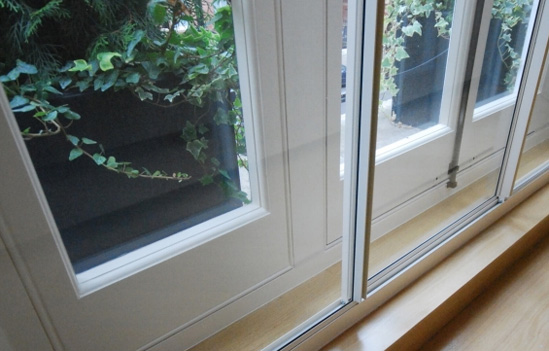US Secondary Glazing Market Witness Significant Growth with Increasing Focus on Energy Cost Savings
The
US secondary glazing market is driven by significant growth in the residential
sector. Secondary glazing refers to the installation of a second glass layer
behind an already existing single pane of glass in the home or apartment. While
secondary glazing is undoubtedly a long-term solution, it's often only used as
a temporary solution. In many cases it's used as an addition to a finished
interior space that has become uninsulated or frosted. By creating a barrier
between the interior space and exterior space, it's designed to make heating
and cooling easier for the average home owner. Secondary glazing is
particularly popular in colder climates where one pane of glass is inadequate.
The
primary goal of installing a secondary glazing film is to prevent heat transfer
through a window. When a window is heated, typically the air outside comes into
contact with the pane. When this occurs, the air ends up trapped inside, which
reduces the energy efficiency of the entire window and creates a damp
atmosphere that can increase the risk of mold and mildew in a home. Installing
secondary glazing seals the gap tighter. An airtight seal helps prevent this
damp air from becoming a problem.
Various
benefits of secondary glazing are expected to aid in growth of the US secondary
glazing market. The primary
benefit of secondary glazing is noise insulation. In some cases, a thick
barrier of glass can reduce or eliminate the sound transmission between
interior space and exterior space. Secondary glazing may be installed over any
type of windows - including bay windows, sliding windows, casement windows,
tinted garage windows, French doors, tilt and turn windows and more. This
allows the home or apartment dweller to have significantly less noise
insulation than without the additional barrier of glass.
Moreover,
secondary glazing aids in energy cost savings, which is also expected to propel
growth of the US secondary glazing market. Another benefit of secondary glazing
is thermal insulation. Not all windows are created equal. Some are poorly
insulated, even when they're made of the same material as windows with superior
thermal insulation. By replacing these windows with superior thermal insulation
glass, homeowners can dramatically reduce their overall heating and cooling
costs. This is especially true during the colder months of the year, when
thermal insulation glass costs up to 10% less than traditional windows.
Increasing
preference for secondary glazing over traditional windows is expected to aid in
growth of the US secondary glazing market. Secondary windows can also provide a
very cost-effective solution for insulating the home. Because they are often
manufactured from solid-core, high quality glass they don't require the
expensive framing that traditional windows do. This means that secondary
windows are a cost-effective way to increase the security and safety in a home.
In addition, because they are solid-core they can be designed to look like
siding or trim, eliminating the need for costly modifications to the home's
exterior appearance.




Comments
Post a Comment